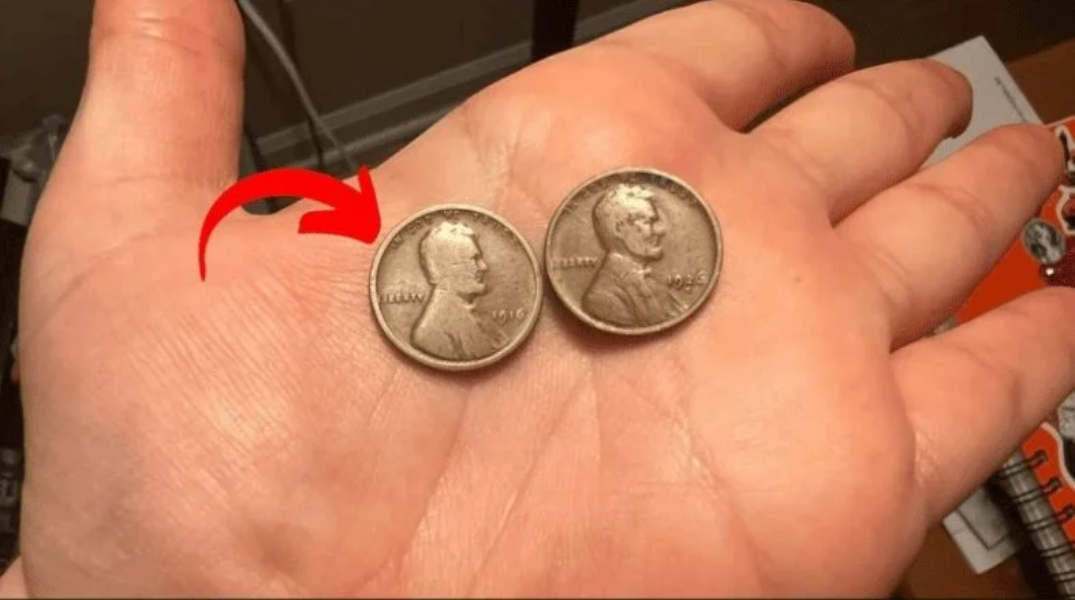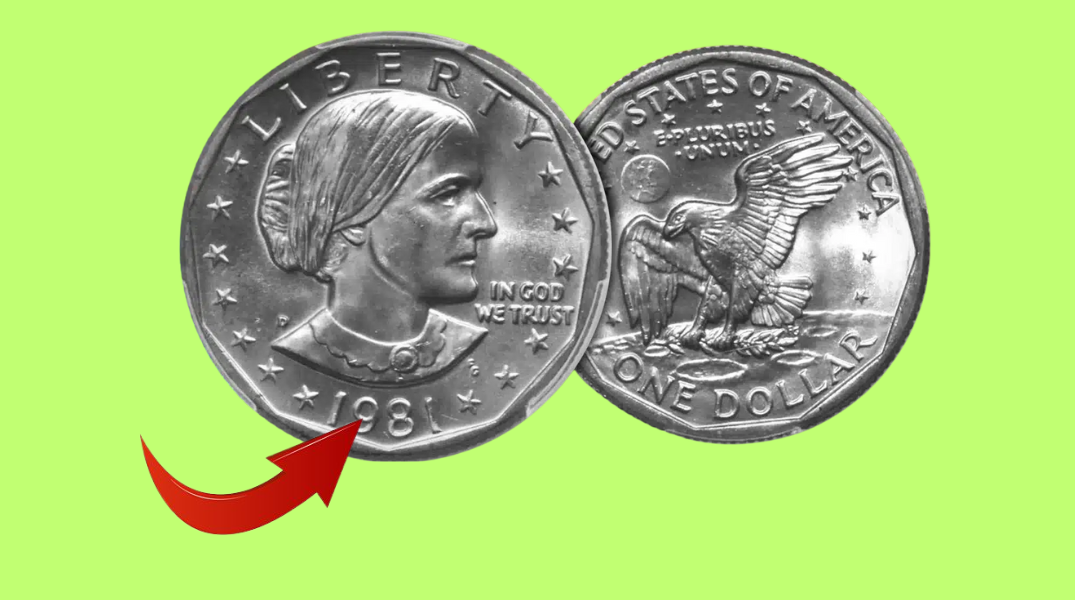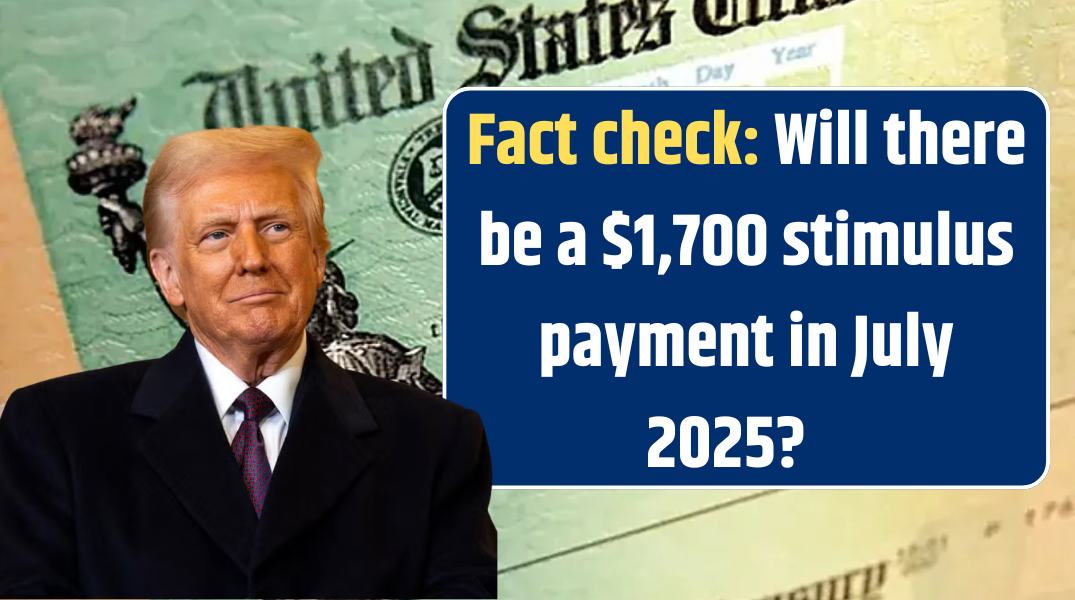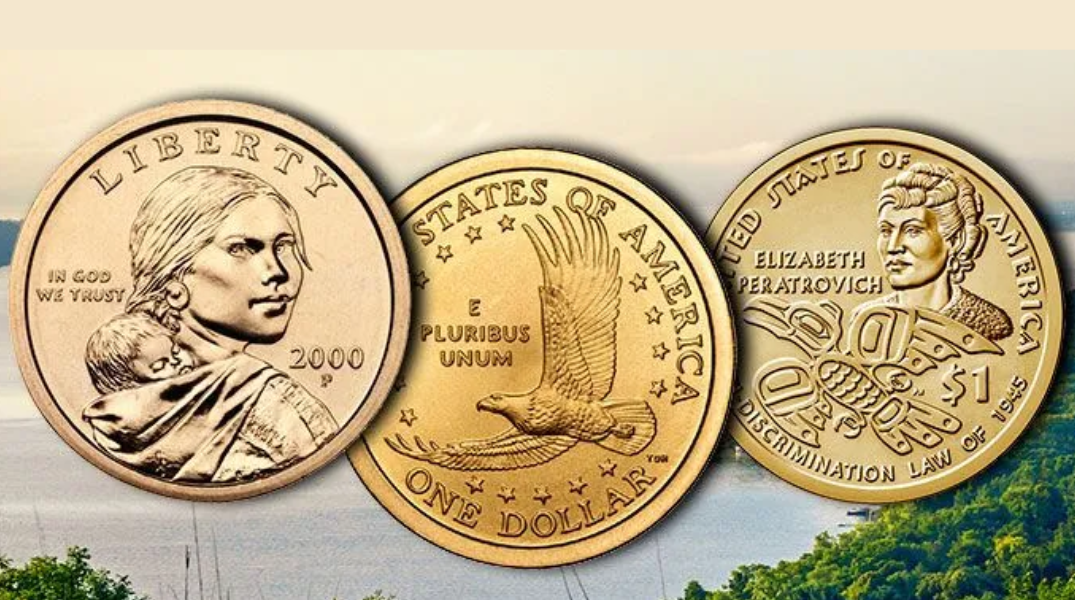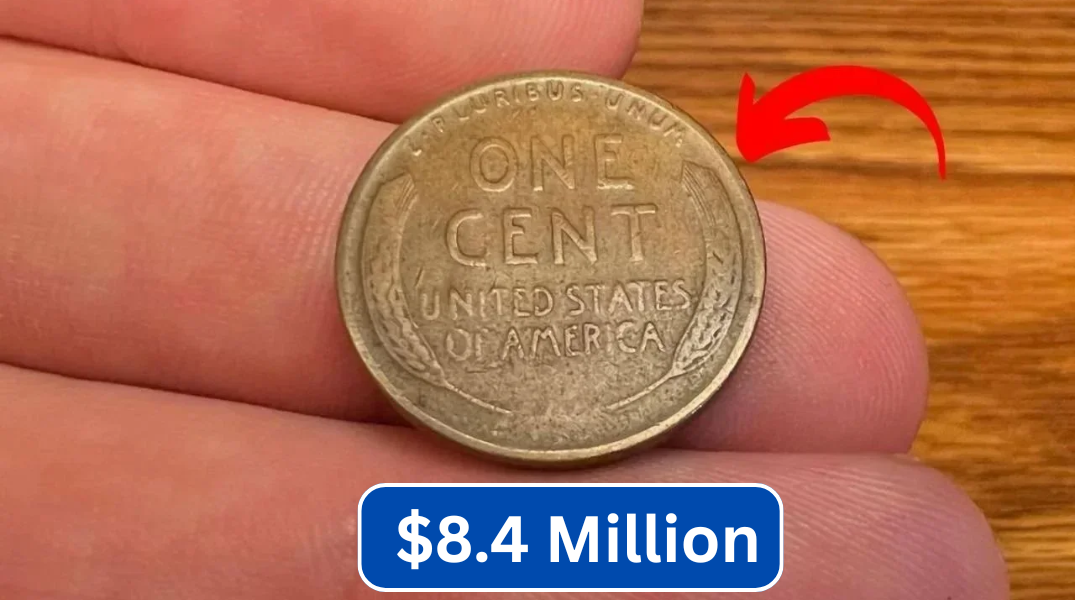The Lincoln Wheat Penny Valued at $35 Million – Could a single penny in your change jar be worth millions? It sounds like fiction—but for one rare coin, it’s an astonishing truth. A 1943 Lincoln Wheat Penny made of copper—an error coin from wartime America—was once valued at an incredible $35 million, making it one of the most coveted and mysterious coins in the world.
The Coin That Changed Everything
The Lincoln Wheat Cent, introduced in 1909, was the first U.S. coin to feature a real person: President Abraham Lincoln. Its reverse design of two wheat ears earned it the nickname “Wheat Penny.” Struck in copper for decades, the coin was a familiar part of American life until the tides of war changed everything.
In 1943, as World War II consumed resources, copper became essential to manufacturing ammunition and military equipment. To conserve the metal, the U.S. Mint began producing pennies using zinc-coated steel. But somehow, a few copper planchets (coin blanks) remained in the machines—and a tiny number of 1943 pennies were accidentally struck in copper instead of steel.
Those few coins have since become legendary.
What Makes the 1943 Copper Penny So Special?
Unlike the standard steel version (which looks silver), the copper 1943 pennies look like any other ordinary pre-war cent. That’s part of their charm—and their danger: most people don’t even realize they’re holding a multi-million-dollar artifact.
In pristine condition, one of these copper 1943 Lincoln cents sold for $35 million, shocking the coin-collecting world. The value stems from several factors:
-
Extreme rarity (fewer than 20 confirmed worldwide)
-
Accidental minting
-
Historical context during wartime
-
Exceptional condition of the specimen sold
Are Any Still Out There?
Amazingly, some experts believe a few of these rare pennies may still be floating around in forgotten piggy banks, estate collections, or coin jars. Since these coins entered circulation unnoticed, it’s possible a lucky collector—or unsuspecting citizen—could still stumble across one.
That possibility continues to inspire hopeful treasure hunters, who comb through rolls of pennies, check inherited jars, and use magnets to separate steel from copper.
The World of High-Stakes Coin Collecting
The story of the 1943 copper penny captures why numismatics—the study and collection of coins—continues to thrive. More than just metal currency, coins are historical documents, artistic creations, and, occasionally, unexpected jackpots.
Whether it’s minting mistakes, limited production runs, or historical significance, collectors seek coins with stories. And few stories are more captivating than that of a penny struck in copper during a time when copper was worth more than its weight in war.
Fun Fact: Other Rare Pennies Worth Big Money
-
1955 Doubled Die Penny – Worth up to $15,000 for its visible double-impression error
-
1909-S VDB Lincoln Cent – A key rarity worth over $1,000 in good condition
-
1944 Steel Penny – Another accidental metal mix-up, worth tens of thousands
-
1983 Copper Penny – Most were made in zinc, so a copper one is a valuable anomaly
FAQs: Unlocking the Secrets of Rare Pennies
🔍 How do I tell if I have a 1943 copper penny?
Use a magnet test—if the coin doesn’t stick, it may be copper. Check its weight (should be about 3.11 grams, not 2.7g like the steel version), and observe its color. Then, have it authenticated by a professional coin grading service like PCGS or NGC.
💰 What’s the highest amount ever paid for a 1943 copper penny?
A nearly flawless example reportedly fetched $35 million at a private auction, making it one of the most expensive coins ever sold.
🪙 Why was copper so important during World War II?
Copper was needed for shell casings, telecommunication wiring, and other essential wartime manufacturing. That’s why the U.S. Mint made a rare switch to steel for pennies during 1943.
🔎 Are all 1943 pennies valuable?
No. Most 1943 pennies are steel and worth 10 to 50 cents. Only the copper ones—made by mistake—carry massive value. Beware of counterfeits, especially steel pennies coated to look like copper.
🏦 Can I still find one in circulation?
While extremely rare, it’s not impossible. Coins can be hidden in collections, boxes, or even in old pocket change. There’s always a tiny chance—just enough to keep people looking!
Final Thoughts: A Penny with a Billion-Dollar Story
The tale of the 1943 copper Lincoln Wheat Penny reminds us that even the smallest, most overlooked objects can hold immense value—monetary, historical, and emotional. Whether you’re a seasoned collector or just someone curious about coins, keep your eyes open.
That ordinary-looking penny you almost didn’t notice? It might just rewrite your future.
